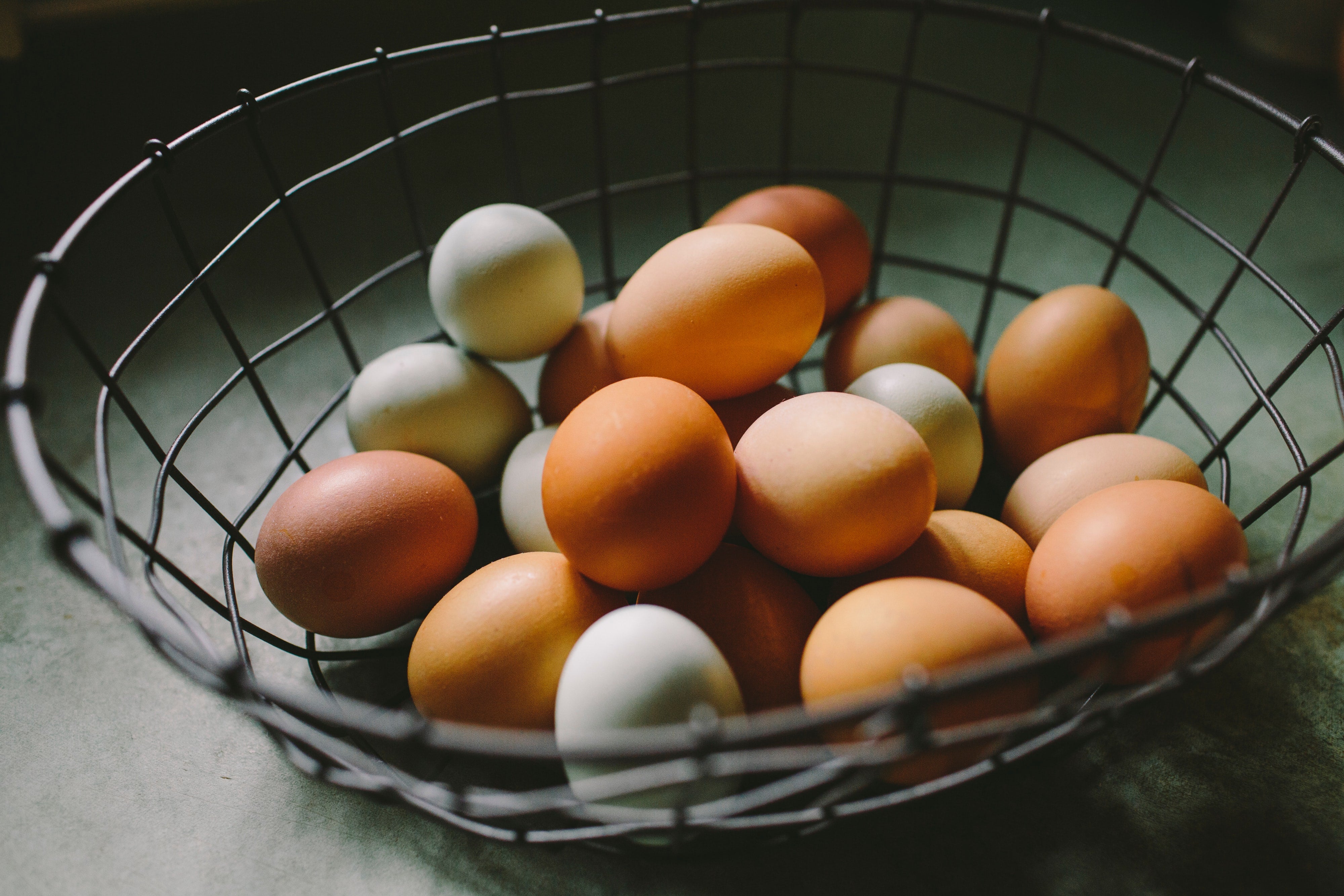
Goodbye summer and hello to a new season! The days will begin to shorten, the humid air will become cool and fresh, and the sun (AKA the sunshine vitamin) will no longer be the star of the show. That’s why we thought sharing five foods to boost your vitamin D intake this fall would not only be a great and informative read for our MOZ community, but also a way to celebrate this time of year and commence our autumn content. With that said, keep scrolling to learn about the importance of vitamin D and how you can boost it this season!
The Importance of Vitamin D
If you didn’t already know, vitamin D is a fat-soluble vitamin that’s essential to helping the body absorb and retain calcium and phosphorus, both of which are needed to build strong, healthy bones. It’s also the only nutrient the body produces when it’s exposed to sunlight, which is why vitamin D is known as the sunshine vitamin. However, many places in the world experience reduced hours of sunlight due to changes in season, making it difficult for people to naturally soak in this vital nutrient. And for those who have conditions such as xeroderma pigmentosum (a disease that makes your body extremely sensitive to sunlight) or even lupus, venturing outdoors is particularly difficult. But there are, in fact, other ways to increase our levels of this nutrient. To learn which foods can help boost your vitamin D intake this fall, keep reading!
Foods to Boost Vitamin D Intake
Ah, our first food to boost your vitamin D intake this fall is an egg-cellent choice!
Many avoid consuming eggs in their entirety, as the yolks are high in cholesterol. However, eating whole eggs is beneficial to those looking to up their vitamin D intake, as one egg yolk has 41 IU of this nutrient, which is 10 percent of the recommended daily intake. But if you’re worried about your cholesterol levels spiking, limit the number of eggs you consume on a weekly basis.
Did salmon say this type of fish is a good source of vitamin D?
You can truly never go wrong with this seafood superhero! Not only is salmon high in vitamin D (about 447 IU) but protein and omega-3 fatty acids, too. The latter, in particular, also makes salmon one of the top skincare superfoods, as it helps calm inflammation, protect the skin from harmful UV rays, reduce the look of age spots, and improve overall skin texture!
They often say nothing good comes from a can… but that isn’t the case with tuna!
Canned tuna is more cost-effective than fresh tuna and can last longer stored away than a piece in your fridge. It also happens to be a high source of vitamin K, niacin, and of course, vitamin D. In an 100-gram serving, a can of light tuna contains 268 IU (34 percent of the daily value) of this nutrient. We do, however, advise not to consume too much of this food, as canned tuna contains methylmercury, a toxin found in many types of fish. Perhaps skip out on the tuna sandwiches every day for lunch?
Mushrooms are quite the champignons when it comes to vitamin D-rich foods!
And fun fact: mushrooms are the only plant source that can provide a decent amount of vitamin D and like humans, can make their own vitamin D when exposed to natural sunlight. But do keep in mind that mushrooms produce vitamin D2 while animals produce vitamin D3 (which is known to increase the levels of vitamin D in the body more effectively than vitamin D2). Nonetheless, specific varieties of mushrooms are still a great source of this nutrient. Wild mushrooms, for example, contain 2,348 IU per 3.5 ounce (100-gram serving), which is almost 300 percent of the RDI!
Fruit juice. Yogurt. Breakfast cereals. These are just a few of the fortified foods that can easily help boost your vitamin D intake!
Although there are some foods that naturally have certain micronutrients in them, they’re often lost through cooking processes or long periods of storage. Enriched foods, however, naturally contain these nutrients. Either way, our body needs certain nutrients it can’t produce on its own. And this is where fortified foods come into play. These types of foods are foods that have vitamins, minerals, and micronutrients added to them, which helps to boost their nutritional value. However, do keep in mind that these foods provide smaller amounts of vitamin D than natural sources. But that doesn’t mean they can’t offer some level of it! For example, orange juice, cereal, and cow’s milk often range between 54-136 IU per serving.
Other Ways to Boost Vitamin D Intake
When it comes to incorporating specific foods into your diet to boost your vitamin D intake, you might be thinking…
And the answer is yes, there are! If you’re allergic to any of the above foods, have a strong dislike for them, or are curious to know if you can combine vitamin D-rich foods with other methods, then you’ll want to listen up! Both cod liver and vitamin D supplements are effective ways of getting your dose of this nutrient. The former contains 448 IU of vitamin D per teaspoon (4.9 ml) and is also rich in vitamin A and omega-3 fatty acids while the latter varies in dosage, as its dependent on your current levels of vitamin D. However, 1,000–4,000 IU is often a safe and recommended amount. But do keep in mind that consulting a medical professional is always the best way to go when wanting to incorporate any new supplement into your diet.
To Sum It All Up
Another way you can give your vitamin D levels a boost is by purchasing a sun lamp! People often use these lamps not only to help their body make vitamin D but to also treat seasonal affective disorder (SAD) which occurs for many during the fall and winter months. And if you’re digging the sounds of this, you can check out the best light therapy lamps of 2021 here!
If you’re an avid reader of the MOZ blog, you’ve most likely noticed that we often share how a proper, balanced diet can help nourish the body while an improper, unhealthy one can hinder it. Whether it’s been chatting about acne-causing and preventing foods, foods that sabotage and improve sleep, seasonal-specific skincare superfoods, and more, we enjoy discussing how a person’s eating habits can affect not only skin but overall health as well.
With that said, we hope you’ll keep today’s post in mind when thinking of ways to boost your vitamin D intake this fall! And don’t forget to follow us on socials to let us know if these food-fueled posts are your favorite to read! We always appreciate your feedback and love connecting with our community. Chat again soon, friends!

